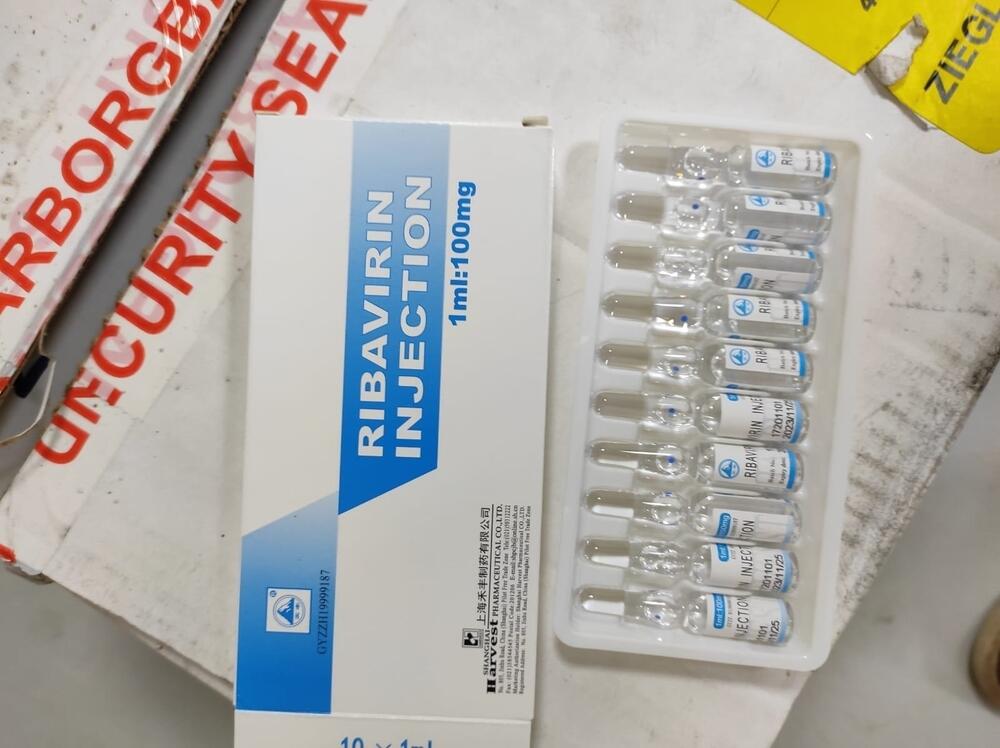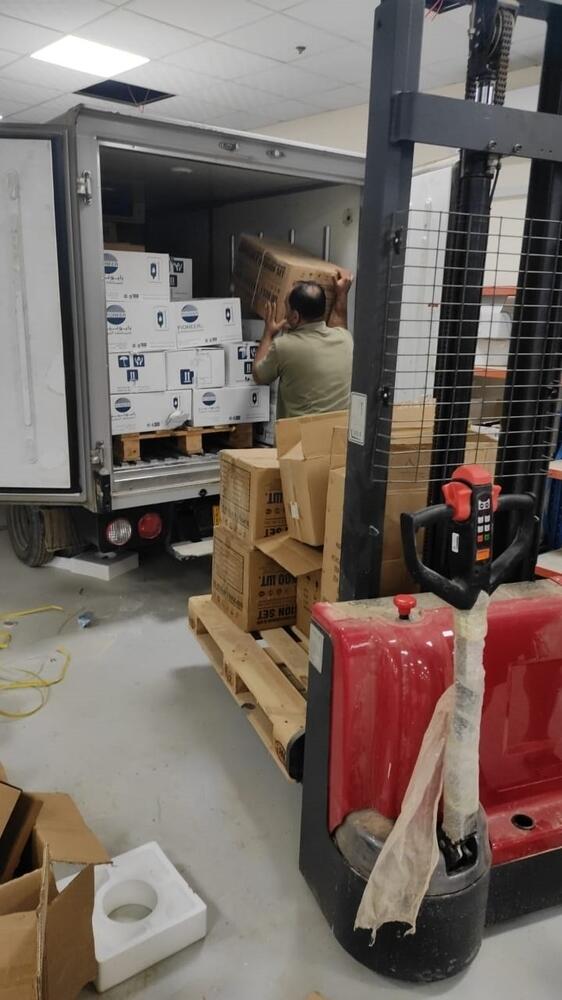Iraq: Bridging the gaps to curb the spread of Crimean-Congo hemorrhagic fever
21 November 2022
CCHF IN IRAQ AT A GLANCE
“We knew Crimean-Congo haemorrhagic fever (CCHF) was present in Iraq decades ago. But comparing the current and historical epidemiological data, we saw that the spread of CCHF was happening faster than usual this time,” says Dr Chen Lim, MSF’s medical coordinator in Iraq.
CCHF is a viral disease that causes severe haemorrhagic fever, with a 10 to 40 per cent case fatality rate. The hosts of the virus usually include a wide range of animals, such as cattle, sheep and goats. The transmission from animals to humans happens through tick bites or close contact with the body fluids of infected individuals or animals.
2021 saw a significant increase in CCHF in Iraq compared to previous years, with 33 cases reported and 13 deaths as a result. Within the first five months of 2022, the Iraqi Ministry of Health reported 212 suspected and confirmed cases. Of these, 27 people died. By mid-August, an additional 87 patients and 28 deaths were reported. “We immediately offered our help to the health authorities and identified key areas where we could offer MSF’s valuable experience in responding to outbreaks of haemorrhagic fever worldwide,” says Dr Chen.
Although the current CCHF trend shows a significant drop in the number of cases compared to the first half of 2022, MSF is still in contact with Iraqi health authorities and is closely monitoring the situation. “We are still on high levels of preparedness in case the numbers start rising again,” adds Dr Chen. “New batches of medications are already on the way to be donated to the Ministry of Health.”
Timely response and effective collaboration
As an emergency medical humanitarian organisation, our teams are ready for rapid responses to health and humanitarian crises. With the CCHF outbreak, our team in Iraq worked closely with the health authorities in the capital and the local health authorities in the Dhi Qar governorate, the outbreak’s epicentre. Our aim was to control the spread of the disease and treat those affected by it while ensuring that healthcare providers were well protected. Three essential pillars of intervention were needed at that stage: prevention, awareness and medical supply.
Technical capacity building of healthcare providers
“The key area of our intervention focused on training healthcare providers and their supporting staff on ensuring proper infection prevention and control (IPC) while engaging with patients suffering from CCHF. This is an essential element for frontline workers,” explains Dr Chen.
In parallel to IPC, MSF teams also worked on increasing healthcare providers’ capacity in clinical case management by conducting training sessions on diagnosing patients and providing them with proper treatment and support. This included laboratory testing methods, treatment options, techniques and approaches.
Rapid supply of essential medications
While the oral form of the drug Ribavirin - the drug of choice to treat CCHF - was already available in Iraq, this was not suitable for all patients. In severe cases, some patients might not be conscious, making it impossible to take the medication orally. On top of that, oral medications require more time until their effect occurs. The injectable form of the drug is therefore more efficient and lifesaving to many patients but was not available in Iraq at the time. After our recommendation to procure the drug, Iraqi authorities acted swiftly. “We were delighted to see the rapid response when we offered to import the medications from our existing international stock,” says Dr Chen.
Within a relatively short time, MSF imported 10,000 vials of Ribavirin and provided the technical support to healthcare providers to ensure the effective administration of the medication to patients.
Community awareness and health education
To limit the spread of the disease at the source, community awareness and health education are essential. For the community in Dhi Qar, MSF used social media to raise awareness about CCHF. “We know that people in Iraq rely heavily on social media platforms as a source of information,” says Dr Chen. “We worked on identifying information gaps within the community to develop engaging campaigns and disseminate key self-protection messages to the people living in Dhi Qar. Our social media campaign was two-way, meaning that people had the opportunity to ask us questions, and we responded to them.” Through these campaigns, MSF reached more than 1.1 million people in Dhi Qar within three weeks, which proved to be a remarkably efficient way of disseminating multiple health awareness messages in a short time.
According to data from the World Health Organisation1 (WHO), the first cases of Crimean-Congo haemorrhagic fever (CCHF) in Iraq date back to 1979, when 10 patients were diagnosed with the disease. Since then, the number of detected cases has been low and infrequent. Between 1989 and 2009, only six patients were reported. In 2010, 11 cases were detected, followed by three deaths in 2018.


